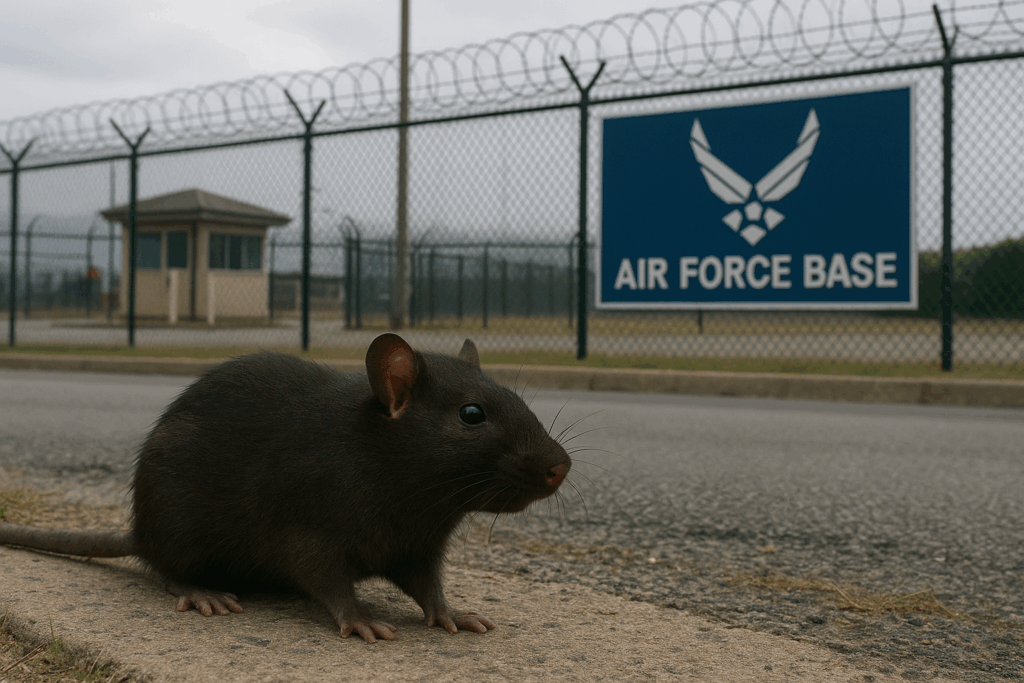At Edwards Air Force Base, health officials are raising awareness about a potentially deadly threat that often goes unnoticed until it’s too late: hantavirus. In a recent public health message, the 412th Medical Group emphasized the importance of recognizing the risks associated with this rodent-borne illness, especially for those living or working in areas with high rodent populations. The warning comes as communities across California, both urban and rural, see an increase in rodent activity.
Hantavirus is primarily transmitted through contact with the urine, droppings, or saliva of infected rodents. When contaminated particles become airborne, particularly during sweeping or cleaning, people can unknowingly inhale the virus. Once infected, symptoms often resemble the flu at first, but can quickly escalate into Hantavirus Pulmonary Syndrome (HPS), a severe respiratory illness with a high fatality rate if left untreated.
Officials at Edwards AFB are urging residents and personnel to take rodent infestations seriously, stressing the need for proper sanitation and rodent-proofing measures in both homes and workspaces. But they also acknowledge that individuals can only do so much on their own.
Rodent infestations are not just a nuisance; they’re a serious public health issue. Whether at home or at businesses we frequent like restaurants or grocery stores, if rodents are present, your food and food storage area will be compromised. So, in addition to hantavirus, the public is at risk from dangerous pathogens including leptospirosis and Salmonella. They can also damage electrical systems, chew through insulation, posing risks to health, safety, property, and infrastructure.
What’s causing the plague of rodents that are infesting properties? The primary reason for the out-of-control infestations of pests is the loss of pest control tools. In an effort to protect non-target species like raptors, regulators virtually eliminated control tools, without demonstrated proof that the additional controls are needed or productive, and without serious consideration of the impact from the elimination of tools. Professionals need access to trustworthy, science-based tools: traps, bait systems, exclusion materials, and monitoring technologies that help them prevent infestations early or stop them from spreading.
In an effort to address the imbalance between protecting people versus protecting non-target species, the California Department of Pesticide Regulation (DPR) will be holding a hearing on how and what controls are needed to protect the public’s health and safety. We urge anyone concerned about the safety of their food sources, homes, and families to go the DPR website: www.cdpr.ca.gov, access hearing information and express their concerns about the lack of rodent control tools available.
As the 412th Medical Group emphasizes, the threat posed by hantavirus is not hypothetical; it’s real and preventable. With the proper tools and support, pest control operators can safeguard public health, create safer living spaces, ensure that families and workers are not caught off guard by an unseen danger lurking in walls, attics, or storage areas, and still protect wildlife.

Share
